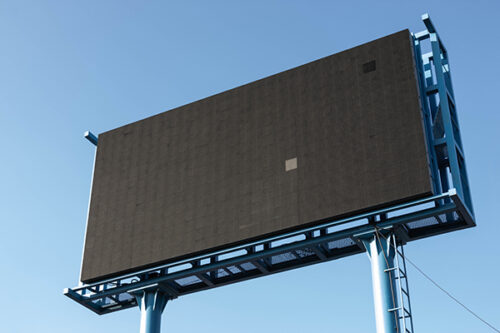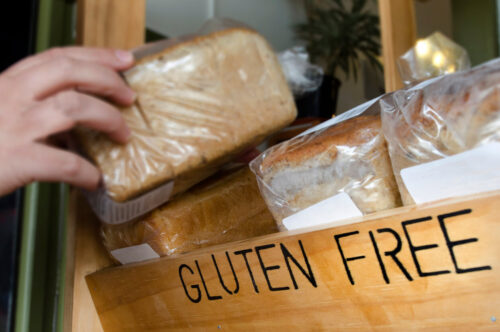Favorite 5 Articles from the January 2012 Newsletter
Favorite 5 Articles from Recent Medical Journals
Two-thirds of Women Have Bad Bones. Or Do They?
Bone-density testing interval and transition to osteoporosis in older women by Margaret L. Gourlay, published in the January 19, 2012 issue of the New England Journal of Medicine, concluded, “Our data indicate that osteoporosis would develop in less than 10% of older, postmenopausal women during rescreening intervals of approximately 15 years for women with normal bone density or mild osteopenia, 5 years for women with moderate osteopenia, and 1 year for women with advanced osteopenia.” Investigators studied women from three general populations throughout the US who were 67 years of age or older. Advancement to osteoporosis was defined by a bone mineral density (BMD) reading, not by real life fractures, as the word “osteoporosis” might suggest.
Comment: The good news from this study is that for the minority (23%) of women who pass their initial BMD test, further bone deterioration over the remainder of their natural life (the next 15 years) is unlikely, and these women can forgo further BMD testing. However, the bad news is that the vast majority of women are diagnosed as being ill by their medical doctors.
Researchers included 5,470 women in this study from three communities forming a representative spectrum of women living in the US. Of these women, 1,255 were considered to have normal bones, whereas 4,215 suffered from osteoporosis or osteopenia (the precursor to osteoporosis) based on the BMD test. This means that of all women over the age of 67 living in the US, 77% are in need of more testing and treatment for their “diseased bones.” There is something very wrong when most women are declared sick based on one single test and not on any real medical problems, such as a fracture.
The use of the BMD measurement is a classic example of “disease mongering:” turning healthy people into patients. This business-building approach begins by defining a disease with a test that will identify a large market of people as potentional customers. In this case BMD captures about two-thirds of women over the age of 40.
The second step in disease mongering is to find customers. This has been effectively accomplished by pharmaceutical-company
Recommended Articles

Advertising Passed Off As Research, Confuses the Public Again

A Healthy Vegan Diet Can Save Our Planet






